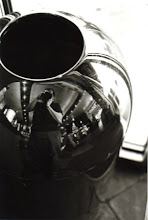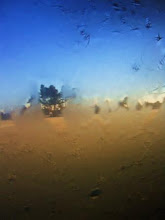Last weekend (the weekend of May 17th – 20th)
has come and gone and unfortunately I was not one of the nearly 38,000
attendees who willingly watched Hill Billy Hopper seize the 2012 Frog Jumping
Championship at the Calaveras County Fair this year. However, I did just recently
visit Calaveras County, more specifically Angels Camp, nestled like a golden
nugget in the foothills of the Sierra Nevada Mountains. Gold Country, as it’s
often referred to, has an abundance of quaint little mining towns, picturesque
rolling hills, as well as hidden caves and caverns.
Twain, who had recently migrated from San Francisco out
of necessity, decided to make his way to Gold Country and stayed with friends
(Gillis brothers) at Jackass Hill in Tuolumne County. At one of his favorite
spots that he frequented, the Angels Hotel saloon, in neighboring Calaveras
County, he was told the story that he crafted into the Celebrated Jumping Frog
of Calaveras County. This is the story that put Twain on the map.
There’s a lot to take in, and we did a lot of excursions
while in Gold Country, including hiking in Big Trees National Park, visiting
Mercer Caverns, strolling through downtown Murphy’s, driving historic highway
49, casually walking the streets of Sonora, exploring the roundhouse at
Railtown 1897 in Jamestown, and the list goes on.
Of course we had to visit the reproduction of the modest
cabin Twain stayed in during his approximately 90 days in this region (they
believe that the cabin does at least stand where, or close to where the
original did). While changing channels the other night I stumbled upon Huell
Howser and his California’s Gold show, and he happened to be visiting Tuolumne
County, Calaveras County, and surrounding areas in the Mother Lode. I had to
watch the entire episode, in part because we were just there, but more so
because Huell always seems brings a smile to my face.
We also visited Columbia State Historic Park, which is a
preserved mining town that was originally started by prospectors as a mining
camp in 1850. It’s a fun town to visit, especially for the family, with Wells
Fargo stage coach, authentic store fronts (with actual stores and saloons), and
you can even pan for gold. According to the Columbia Chamber of Commerce
Columbia yielded $87 million in gold at 1860’s prices. In 1945 Columbia became
a State Historic Park.
Unfortunately, every holiday adventure must come to a
close at some point, and we must pack our travel bags away while temporarily
entering back into the grind of the real world. Twain may have said it best
when he wrote “There is no unhappiness like the misery of sighting land (and
work) again after a cheerful, careless voyage”
Mark Twain Cabin:
Columbia State Historic Park:








No comments:
Post a Comment